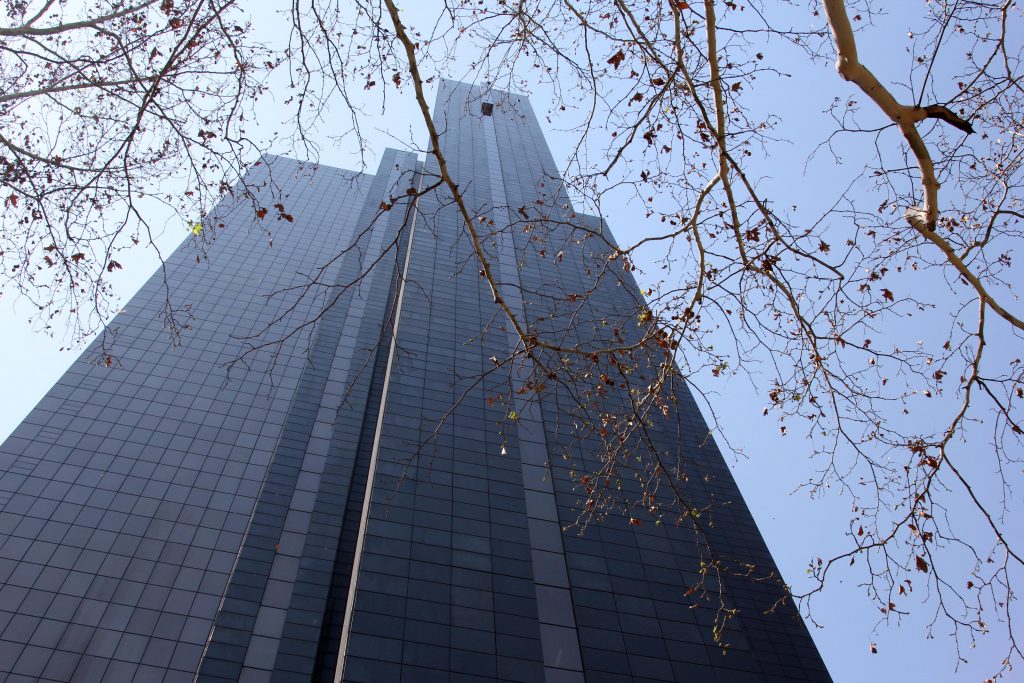SA inflation rises to four-month high, meets forecasts

Traders held bets that South Africa’s central bank will increase interest rates this year after inflation quickened to a four-month high in September.
Forward-rate agreements starting a month from now, used to speculate on borrowing costs, are now fully pricing in a 25 basis-point hike and a 64% chance of a 50-points increase at the next meeting of the bank’s monetary policy committee on November 18.
Data from the statistics office showed the annual inflation rate climbed to 5%, from 4.9% in August.

That matched the median estimate of 14 economists in a Bloomberg survey. Consumer prices advanced 4.8% in the third quarter, in line with the central bank’s forecast.
The five-year break-even rate – seen as a measure of bond traders’ expectations for price rises — remained unchanged.
Main drivers
The main drivers of the price rises were food and non-alcoholic beverages, transport, housing and utilities, the statistics agency said. Core inflation, which excludes the prices of food, non-alcoholic drinks, fuel and electricity, remained benign, suggesting there is little demand pressure in an economy that’s slowly recovering from its deepest contraction in at least 27 years.
Economists’ views diverge from those of traders, with most expecting rates to remain at a record low of 3.5% until the first quarter of next year.
Gross domestic product is expected to have contracted in the three months through September, partly due to deadly riots and looting that erupted in July and derailed economic activity in two of the nine provinces.
The misalignment between market pricing and economists’ expectations illustrates the dilemma facing central banks.
Policy makers worldwide are debating whether faster inflation linked to pandemic-induced supply-chain disruptions is transient or something more persistent.
Read: Targeting higher inflation is the new panic in town
The South African Reserve Bank earlier this month said while the modest inflation trajectory underpinned the MPC’s decisions to keep the key rate on hold since July 2020, risks to the outlook “have risen and become more broad-based.”
The bank prefers to anchor inflation expectations close to the 4.5% midpoint of its target range.
“These developments imply a need for interest rates to begin normalising,” the bank said in its six-monthly Monetary Policy Review.
The implied policy rate path of the central bank’s quarterly projection model, which the MPC uses as a guide, indicates a 25-basis point increase in the final quarter of 2021 and in every quarter of 2022 and 2023.
© Frontier Africa Reports

